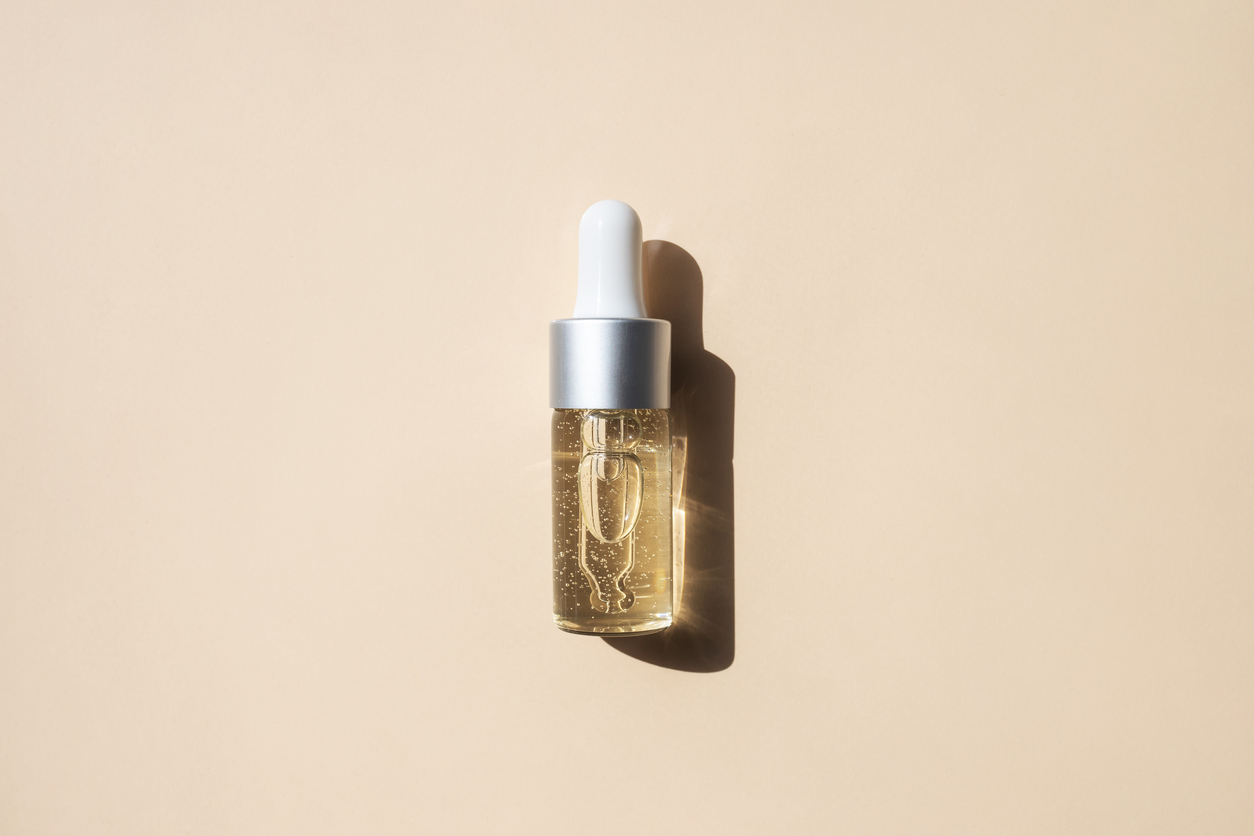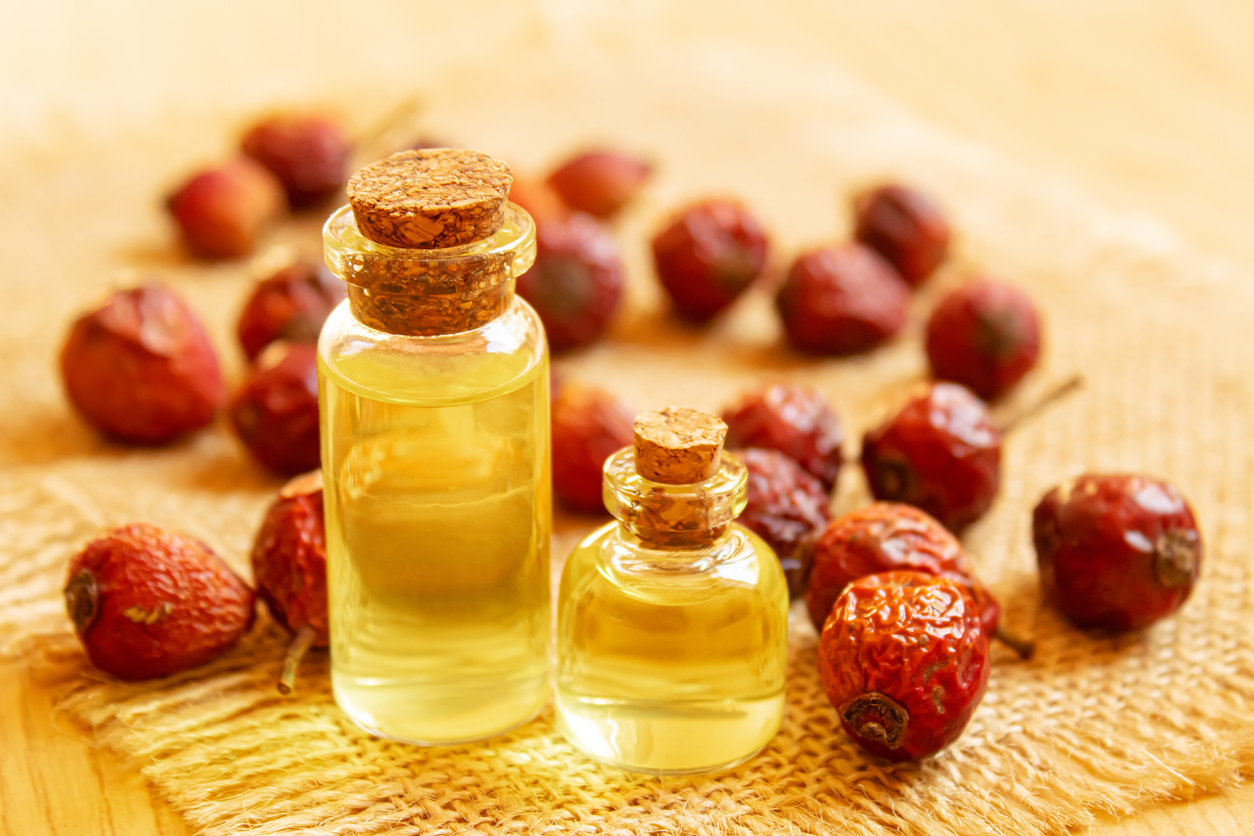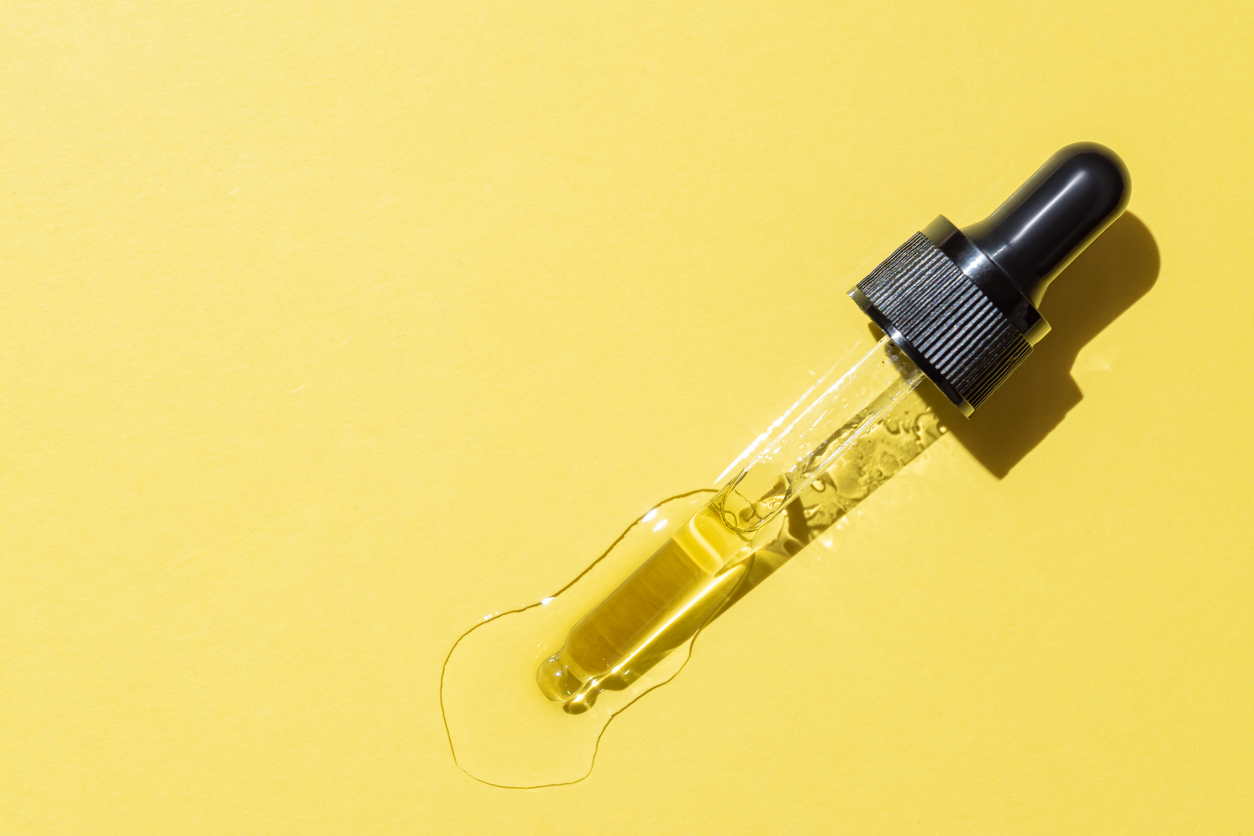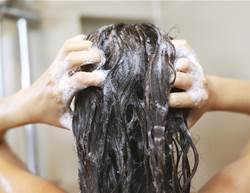Are you wondering whether to add a face oil to your skincare routine or to skip it? It might be something to consider!
Face oils are the cherry on top of any skincare regimen, and there's one out there for every type of skin. Use them solo, mix them into a moisturiser, or press them onto skin as the last step of your nighttime routine for glowing, nourished skin.
Don't forget to check out our articles on acne fighters, masterful hydrators and anti-ageing saviours as well. Click on any of the three links below to start discovering:
- 4 Acne-fighters and exfoliators for clearer skin
- 7 Hydrators to soothe your skin
- 6 Anti-ageing ingredients for youthful skin




Castor Oil
What it does: Pressed from seeds of the plant ricinus communis, castor oil is loaded with emollient fatty acids that hydrate and make flaky skin feel softer, as well as ricinoleic acid, a potent antioxidant that protects the skin from free radicals that cause collagen loss and wrinkles.
Who it's for: All skin types, but particularly beneficial for dry or mature skin. Castor oil is also great for thinning or sparse eyebrows and eyelashes by helping to condition and thicken hairs.
How to use it: Apply to clean, dry skin one to two times per day as needed. Apply sparingly on brows or lashes, taking care to avoid contact with eyes.
FYI: Castor oil is commonly diluted in a carrier oil for skincare. Applying straight castor oil may lead to skin irritation, inflammation, and dryness.
Jojoba Oil
What it does: Produced from the seeds of the simmondsia chinensis (jojoba) plant, jojoba oil is a lightweight yet hydrating oil to soften and hydrate skin, diminish the appearance of wrinkles, and reduce inflammation.
Who it's for: Jojoba mimics our skin’s natural oils, so it's well-tolerated by all skin types. Its composition is similar to skin's natural sebum, so it won't clog pores yet is deeply hydrating.
How to use it: For dry skin, press jojoba oil into skin up to twice per day right after cleansing. If you have oily skin, try using it every other day or mixed in with a moisturiser.
FYI: Though rare, it does have the potential to cause some side effects such as a rash or allergic reaction.
Rosehip Oil
What it does: Harvested from the seeds of rose bushes, rosehip oil is packed with anti-inflammatory fatty acids and vitamins A and C which smooth, firm, and brighten skin and fade scars, hyperpigmentation, and stretch marks.
Who it's for: Well-tolerated by most skin types, but great for anyone looking to fade scars, boost glow, and firm skin.
How to use it: Start small by patting a few drops on cleansed skin at bedtime. Work up to rubbing on to clean, damp skin both mornings and evenings.
FYI: Allergies to rosehip oil are rare, but any new ingredient can potentially trigger a reaction. Apply a test patch to your jawline first and let sit 24 hours.
Squalane Oil
What it does: The hydrogenated, shelf-stable version of squalene (a lipid naturally produced by our oil glands) closely mimics the natural molecule to hydrate, repair, and protect the skin's barrier.
Who it's for: All types of skin, but particularly for soothing dry skin and eczema, but it's also oily skin-friendly since it's lightweight, non-greasy, and unlikely to clog pores.
How to use it: Twice a day, after cleansing and applying serum, apply a few drops of squalane oil to the face and follow with moisturiser.
FYI: Traditionally, squalene is sourced from sharks' livers, though many brands have shifted to plant-based sources like rice bran, wheat germ, and sugar cane.










